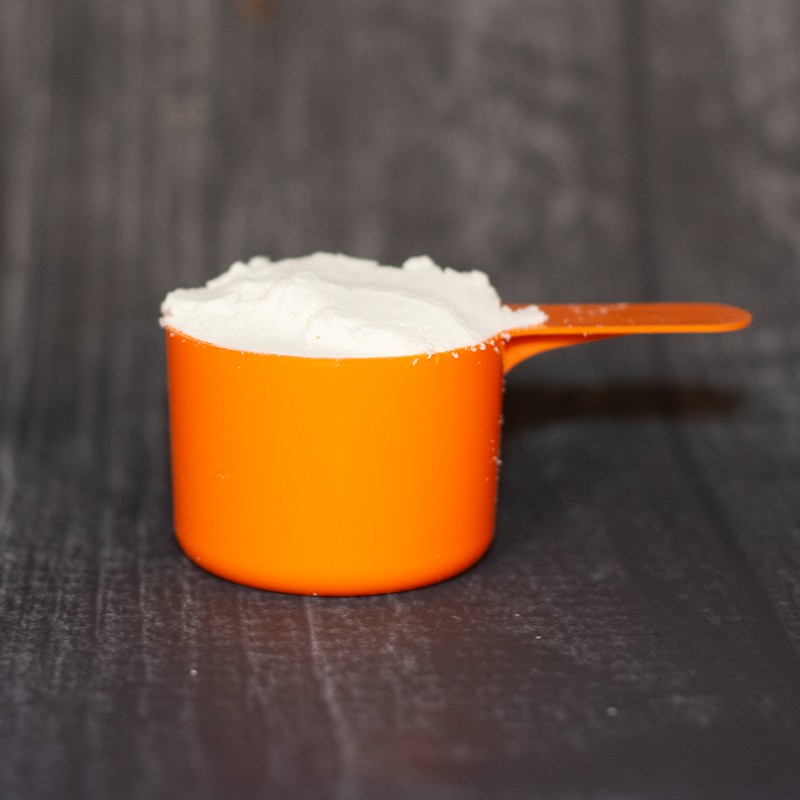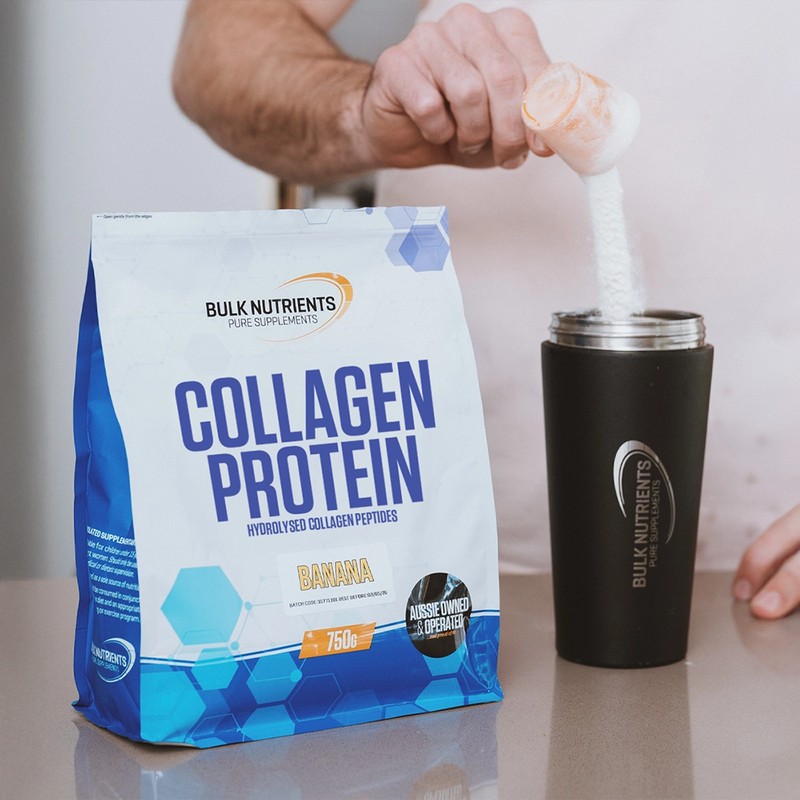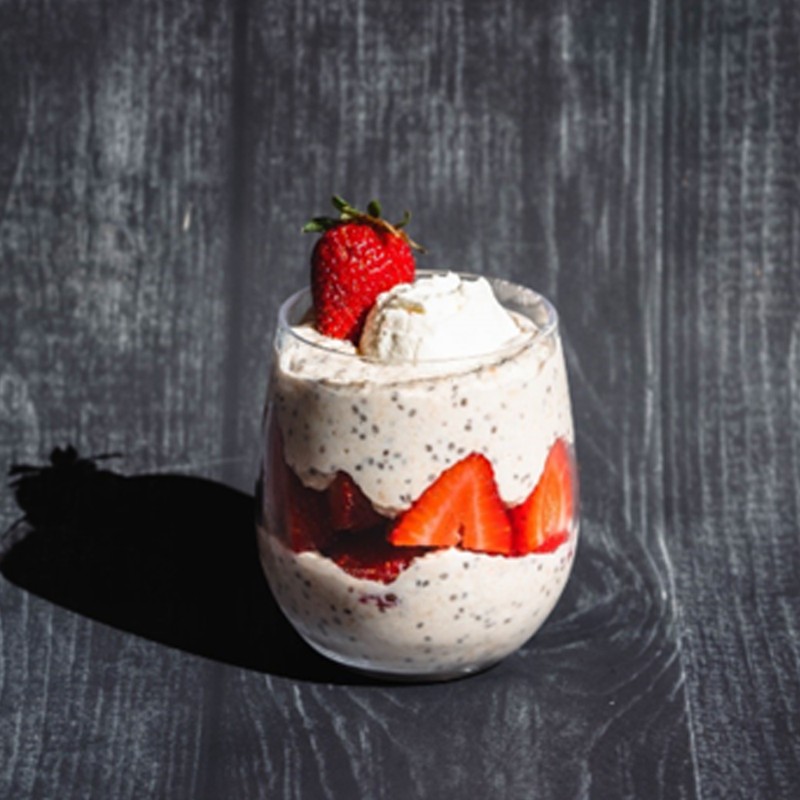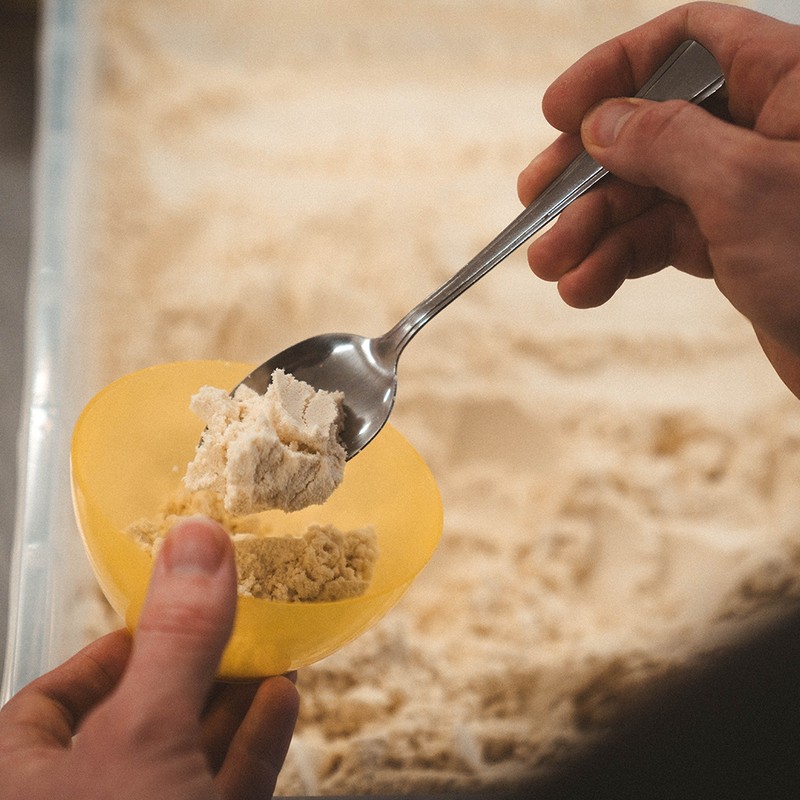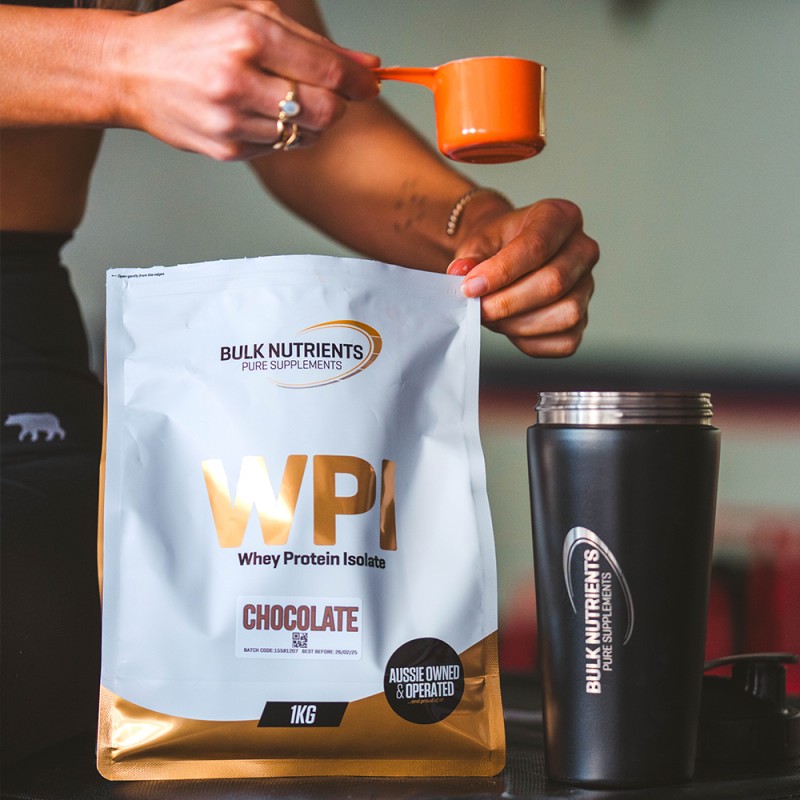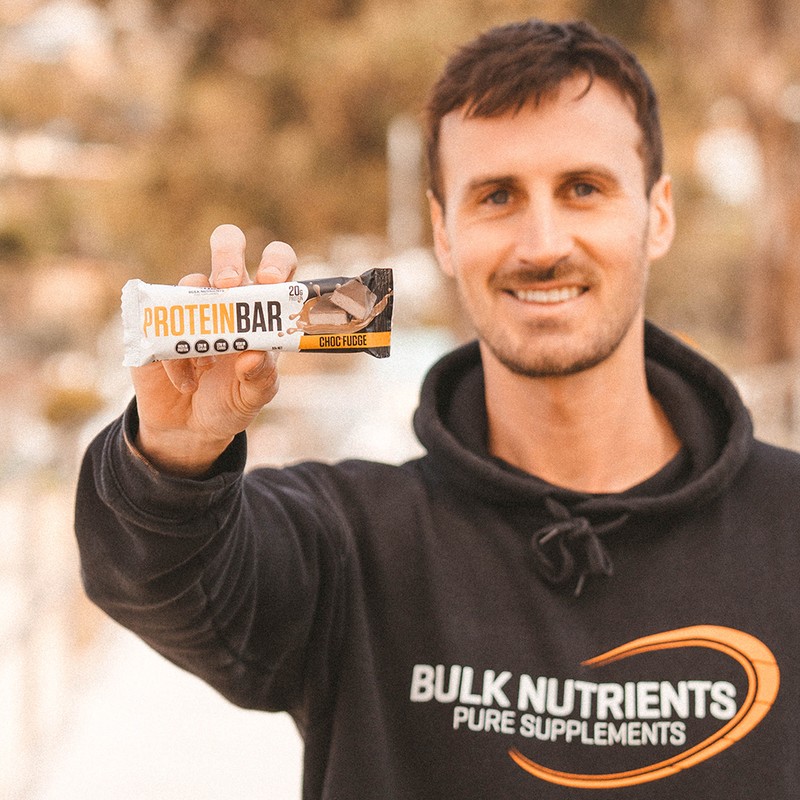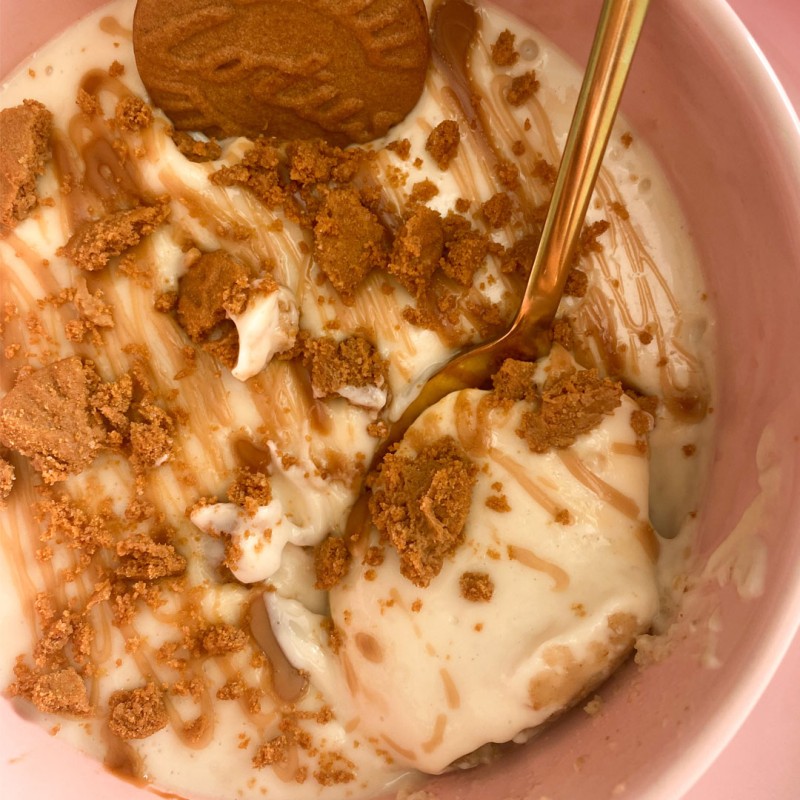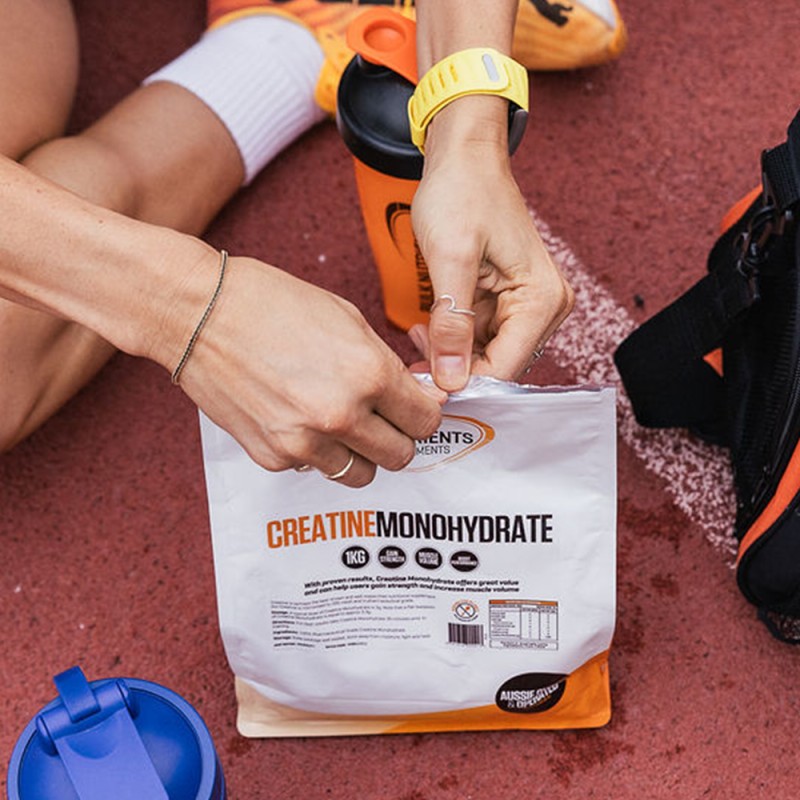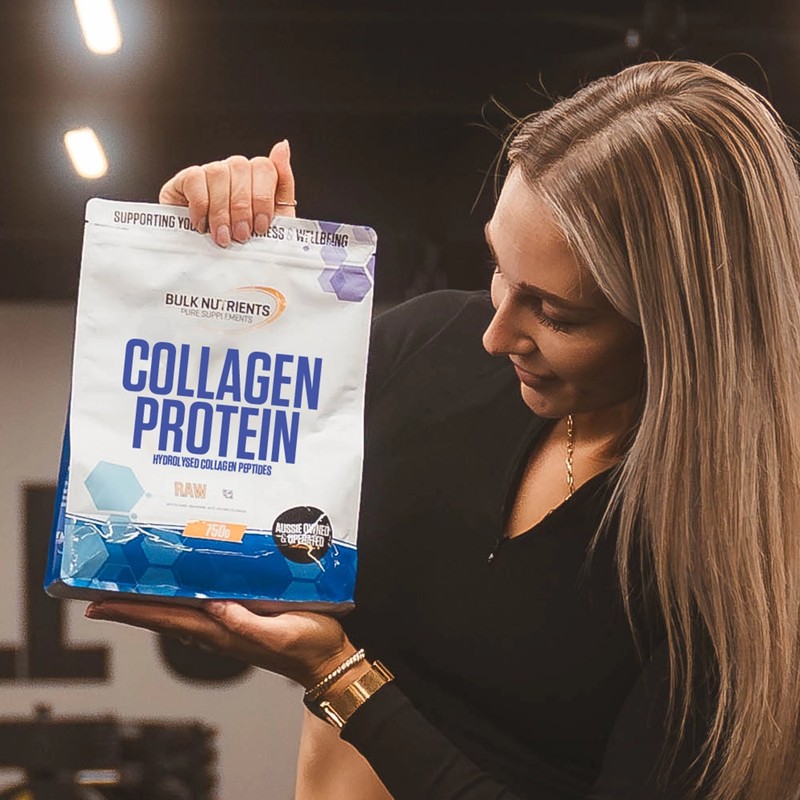How to Curb Cravings and Lose Weight

Beating cravings for fat loss
Too often you hear of people who are going on a diet, and "cutting sugar, carbs, all treats, and 'never saying die' this time!" But it isn't that easy. Such is closer to what scientists refer to as a "rigid" dieting approach: not allowing for treats that actually result in better long term fat loss and dietary adherence when implemented properly.
Allowing for treats during your diet is what we call "flexible dieting." This means that foods like biscuits, lollies or chocolate can be brought into the equation daily if it fits within your macronutrient allowance. For example, Bulk Nutrients customer Aaron must eat 2040 calories for fat loss, which is 20% less than what he burns daily (otherwise known as total daily energy expenditure or TDEE). This means his macronutrients would be set as the below:
- Protein: 180 grams (720 calories)
- Fat: 80 grams (720 calories)
- Carbohydrates: 150 grams (600 calories)
- Total calories = 2040 calories
A flexible approach means that 20-25% of total calories can come from sugar daily, which ensures you won't be diminishing your intake of micronutrients. Moreover, the Board of the Institute of Medicine, says the upper daily limit of added sugars can be as much as 25% of total calories.
So, what's the real-world translation here? 25% of Aaron's 150 grams of carbohydrates (37.5 grams) can come from sweets and treats.
As mentioned, scientists are clear that this helps people stay on track with the diet more. That is one strategy you can try.
Refeed days for more fat loss
You've heard of cheat meals, but for some people, they don't know when to stop with them. Specifically, if Aaron eats in a 500 calorie deficit per day, that means after 6 days, he has accumulated 3000 calories of a deficit.
But it's not uncommon for dieters to consume 5000-6000 calories sometimes on "cheat days" or on cheat meals. You can see the basic mathematics here -- eating a 2000 calorie surplus means you're really only at a 1000 calorie deficit by the end of the week (and this is how people spin their wheels when dieting).
Enter the refeed day: eating a large number of carbohydrates and limited fat.
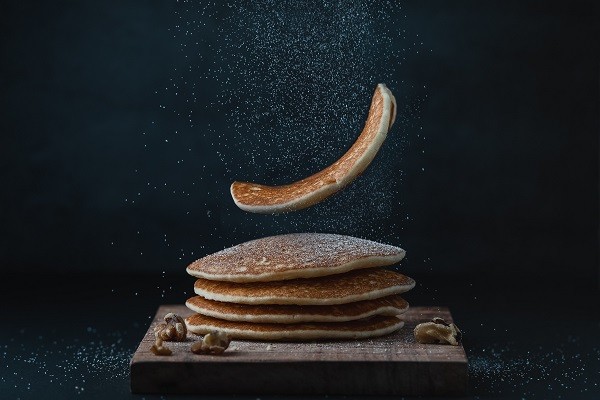
When we diet for long periods, we actually end up burning fewer calories because of a drop in the hormone leptin. Leptin is an appetite-controlling hormone that is low when we're hungry. So, topping it up is a good idea! And it all works out nicely because the way to do that is by eating carbohydrates!
And this not only gives us a short boost in leptin, but gives us a mental break from our diets, gives us a feeling of being full we're not as used to, and fills our muscles back up with carbohydrates for future workouts. So, when should we have a refeed day? Whilst there are currently no set guidelines, we would recommend:
- Men who are 10% body fat or more = 1 x refeed day every 2 weeks
- Women who are 20% body fat or more = 1 x refeed day every 2 weeks
- Less than 10% body fat (regardless of gender) = 1 refeed per week
REMEMBER: Dietary fat doesn't increase leptin levels, so we must keep it at a minimum on refeed days.
Reduce food cravings with refeed days
You can work out how many carbohydrates to eat on your refeed days by doing the following:
- Double your daily carbohydrate amount
- Consume just 30 grams of fat per day
- Cut back on protein by 30 grams
And to ensure you keep dietary fat intake low, you'll need to eat carbohydrates that are low in fat. Here are some of your options:
- Pikelets
- Lollies like gummy bears
- Bread
- Potatoes
- Rice
- Maple syrup
- Low-fat pasta
So, there are two strategies to make a fat loss so much easier and to help prevent nagging cravings.
As an honourable mention, because of the effect of whey protein on satiety that we've told you about before on this blog, it's another option for you to prevent the urge to overeat! And we've got you covered with our Bulk Nutrients whey protein options.
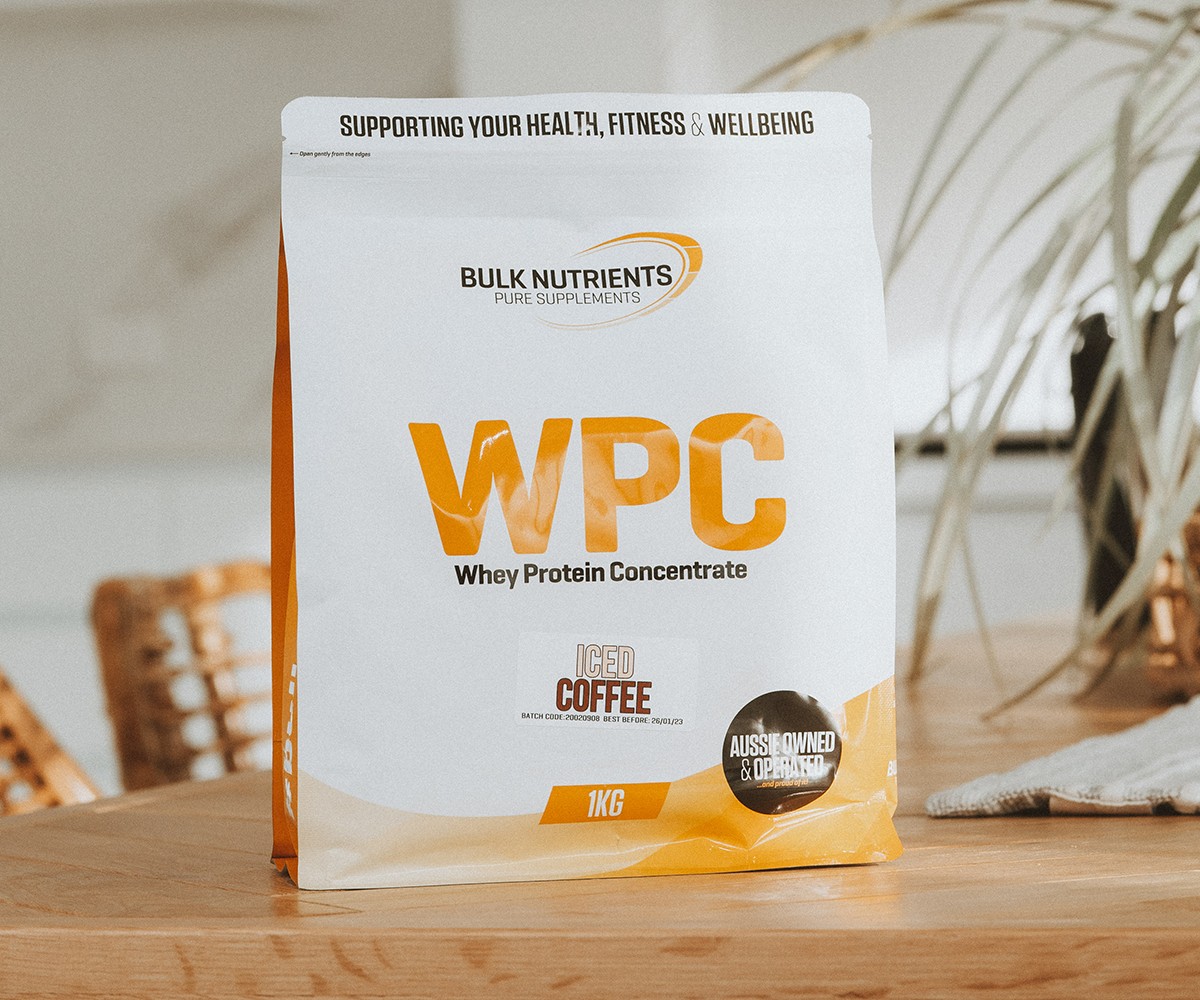
By experimenting with a flexible dietary approach coupled with refeeds, cravings don't have to be as difficult to navigate as they used to be!
References:
- Astrup A, Gøtzsche PC, van de Werken K, Ranneries C, Toubro S, Raben A, Buemann B. Meta-analysis of resting metabolic rate in formerly obese subjects. Am J Clin Nutr. 1999 Jun;69(6):1117-22. doi: 10.1093/ajcn/69.6.1117. PMID: 10357728.
- Dirlewanger M, di Vetta V, Guenat E, Battilana P, Seematter G, Schneiter P, Jéquier E, Tappy L. Effects of short-term carbohydrate or fat overfeeding on energy expenditure and plasma leptin concentrations in healthy female subjects. Int J Obes Relat Metab Disord. 2000 Nov;24(11):1413-8. doi: 10.1038/sj.ijo.0801395. PMID: 11126336.
- Gibson SA. Dietary sugars intake and micronutrient adequacy: a systematic review of the evidence. Nutr Res Rev. 2007 Dec;20(2):121-31. doi: 10.1017/S0954422407797846. PMID: 19079865.
- Kolaczynski JW, Ohannesian JP, Considine RV, Marco CC, Caro JF. Response of leptin to short-term and prolonged overfeeding in humans. J Clin Endocrinol Metab. 1996 Nov;81(11):4162-5. doi: 10.1210/jcem.81.11.8923877. PMID: 8923877.
- Rippe JM, Sievenpiper JL, Lê KA, White JS, Clemens R, Angelopoulos TJ. What is the appropriate upper limit for added sugars consumption?. Nutr Rev. 2017;75(1):18-36. doi:10.1093/nutrit/nuw046
- Stewart TM, Williamson DA, White MA. Rigid vs. flexible dieting: association with eating disorder symptoms in nonobese women. Appetite. 2002 Feb;38(1):39-44. doi: 10.1006/appe.2001.0445. PMID: 11883916.






